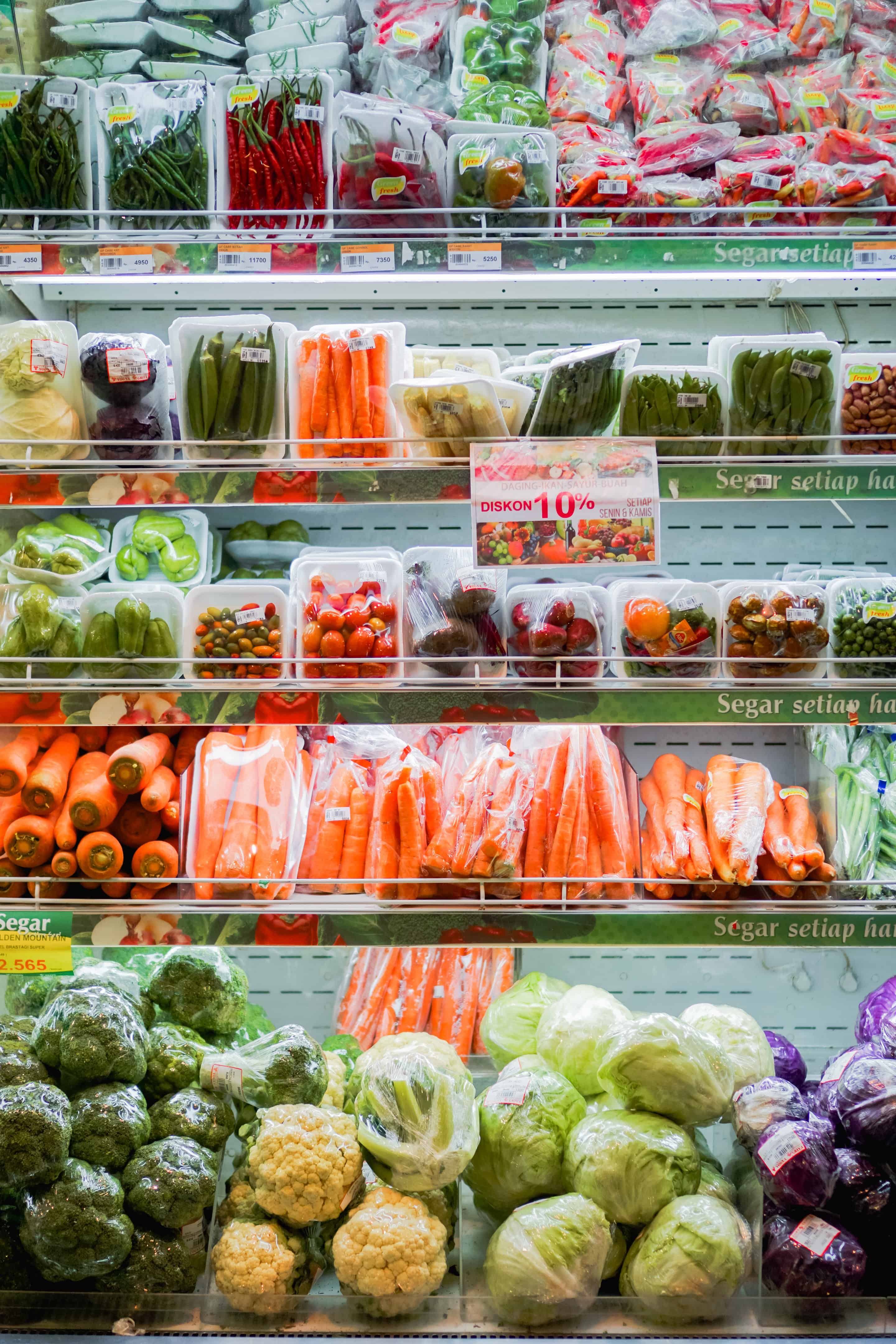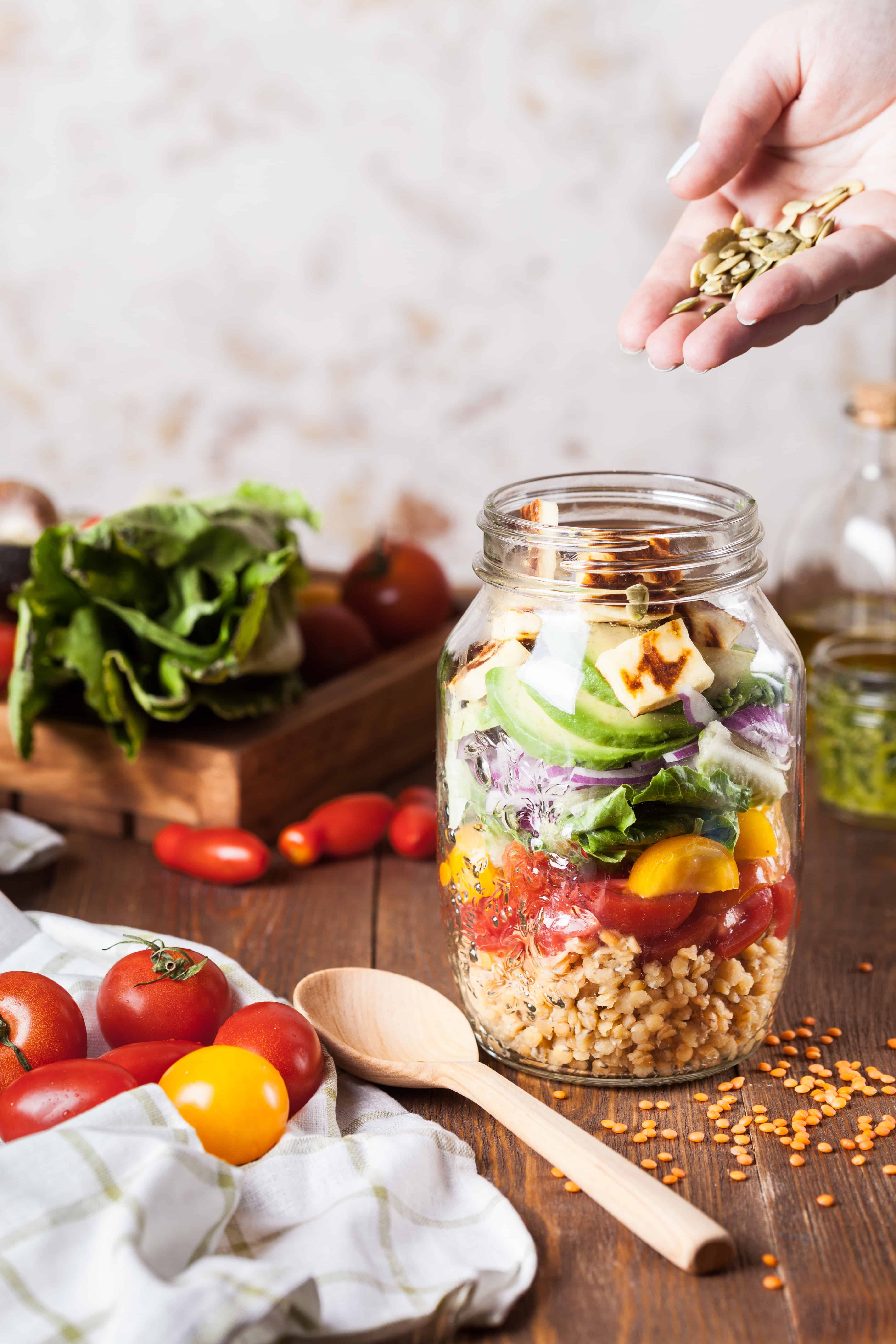11 Ways to Cut Your Grocery Budget in Half
Grocery is an unavoidable expense for all. Everybody has to eat, and also do that in the most nutritious way possible. Therefore, it’s not surprising to see grocery shopping constituting the major portion of most families’ monthly expenses. But that doesn’t mean one can’t be frugal with their grocery shopping and still eat the most delicious and nutritious food. The key is to adopt a tactical approach. The following are some proven ways to cut your grocery budget.
I know these tips will work because I’ve implemented a couple of these for my household!
1. Meal Planning
If you like cooking as much as you love eating, plan your meals. Ascertain beforehand the dishes you would prepare for the next few days and stock your fridge with the ingredients required for those dishes. Quite a few people have this tendency to buy every vegetable and fruit they come across on the food rack and stock their fridges to the brim. However, when the time comes for cooking, only less than half of the stocked vegetables head to the kitchen. The other items remain untouched for days and even weeks, eventually making their trip to the trash can. Needless to say, if you could be a little bit more efficient with your food planning, you would save a lot of invaluable food.
Meal planning is not that easy, and some people just cannot get their heads around it. If you think meal planning is a task, try some of the meal planning services available around you.
If you never heard of meal planning before, then I highly recommend you try the $5 Meal Plan. For a few dollars a month, you’ll be provided delicious meal plans that would be both healthy and cost-efficient. Plus, every meal will cost about $2 per person. As a result, you would spend less time and money shopping for grocery. This is more like outsourcing a major aspect of your workload in the kitchen.
When you sign up through my link, you’ll get a 14-day free trial!
2. Shop Less Often
Cut down on the number of times you shop a week or month. Grocery shopping more than twice a week can be considered too much shopping. Just recollect the number of times you shopped for grocery last week as per your original plan, and how many times you ended up buying unnecessary food items just because you passed by a random supermarket. Make a detailed comparison between the two and you would learn how much money you could have saved by not shopping randomly. Shopping full-fledged once a week is ideal, as it helps save both time and money that may otherwise get spent on extra food.
3. Save With Shopping Portals
Let shopping apps such as Ebates and Ibotta come to your rescue every time you are looking to cut your grocery budget. These are money-saving apps for your phone. Ibotta offers you cash rebate by simply scanning your purchase receipt. You may save on items such as milk, vegetables, cheese, and coffee. The rebate amounts may not be a lot, but if you use the app frequently, the small amounts shall add up to something significant. Ebates, on the other hand, lets you look for a store on its platform. Once you locate the store you want to shop at, click the link so that a specific portion of your purchase amount gets credited to you.
I do a lot of online shopping because I often find items cheaper than the base price of my local stores and when I add my Ebates savings, I save even more!
4. Have a List and Stick to It
A meal plan may not cover all your requirements. Therefore, make a list of the ingredients missing and also the quantities needed. When you go out shopping next time, make sure you buy only off of your list. If you feel the desire to buy an item that’s not on the list, you simply do not need that item. Preparing a list would mitigate impulse purchase behaviors and will help cut your grocery budget, particularly when you come across discount offers or when you are shopping tired or hungry.
5. Buy Store Brands
Popular brands and in-house brands do not differ much in terms of quality, but the price difference could be significant. If you do not care about food packaging, go with store brands. Don’t let markets trick you into thinking that buying the more expensive brand is better.
6. Batch and Freezer Cook
Freezer and batch cooking can help save significant amount of money and time. If you come across a good deal on beef or chicken, incorporate them into many different dishes and have them stored in the freezer for use another day. Simply put, you would cook just one time and eat for days.
I have tons and tons of freezer meal ideas with help from FreezeEasy. Tons of freezer meal recipes and instructional videos to help you get started. This will help you save on time and on your grocery bill!
7. Buy Whole
Buying food items in whole or bulk is a financially wise shopping approach than buying retail or in small portions. This has really helped me cut my grocery budget. For instance, if you’re buying chicken, buy an entire chicken rather than buying it in parts. Also, stay away from pre-packaged vegetables. You never know when those vegetables were packed in. A lettuce head would cost much less compared to pre-packaged salad bags.
Most importantly, the lettuce would be devoid of chemicals and would have not been washed multiple times, which may have eroded its nutritional value. When buying items in whole, buy only the basic items. Do not buy a cake mix if you bake once or twice a month. Such items can always be bought when you really need them.
8. Go the Homemade Route
Don’t buy processed foods. They are expensive and not the healthiest things to eat. Buy raw food items instead, and cook them yourself. When you cook from scratch, you are steering clear of sugar and bad fats, ready meals are identified with. Buying whole basic ingredients means you could afford to spend less on grocery. The side benefit of cooking from scratch is you would end up spending more quality time with members of the house if two or more people get involved in the cooking process.
9. Go Meatless
Go meatless or bring down your meat consumption as much as possible. Eating meat in massive amounts is not just bad for your health, it’s also quite expensive. If you love meat, start reducing the quantity initially. With time, you should get used to lesser meat on your plate, and you would then be conditioned enough to not eat meat for days together. Just try meatless shopping for a week or two and see how dramatically your grocery bill comes down.
READ: 15 Vegetarian Recipes That Will Make You Want to Go Meatless
10. Include “Convenience” Items
If you are into convenience food items, make some room for such food too in your list. A convenience item could be a tater tot, fish stick, frozen burrito, etc. Compared to regular food items, a convenience item could be more expensive. But when you have the basics covered, indulging in some boxed macaroni and nuggets would not be considered a sin.
11. Make a Budget
Make a budget before you go grocery shopping. This is particularly important when you have an idea of the amount of money you are likely to spend. Allocate a particular amount to weekly grocery shopping and stick to that sum. To arrive on a budget, you should list down the items you need, and their quantities. There are no standard budget parameters to stick to, since different families’ grocery requirements could vary. Therefore, ascertain your requirements in advance. Once done, don’t spend beyond that.





2 Comments